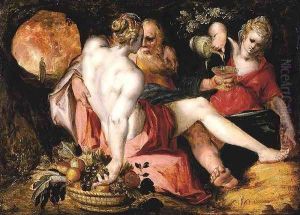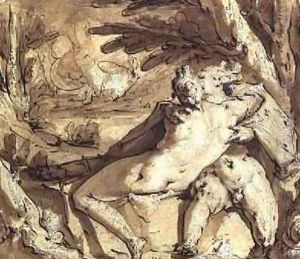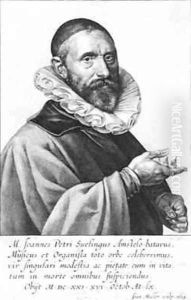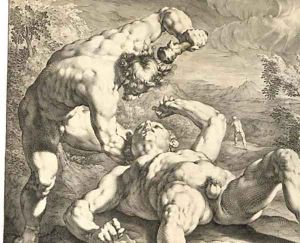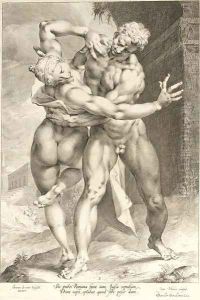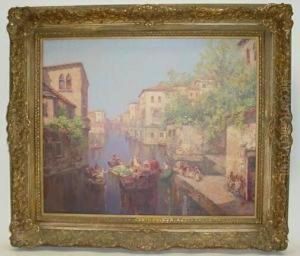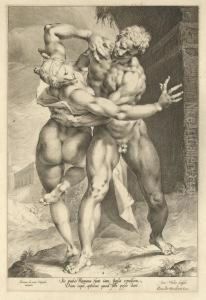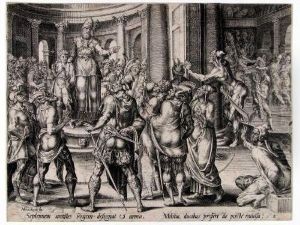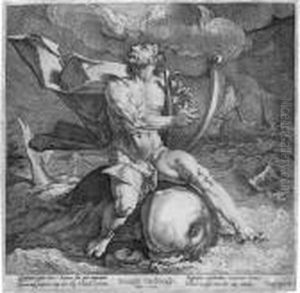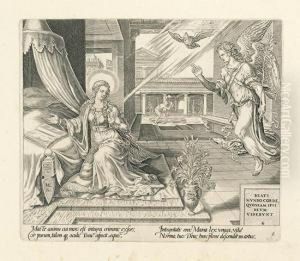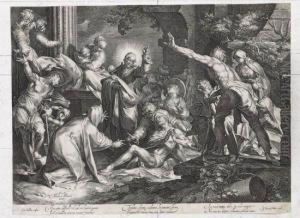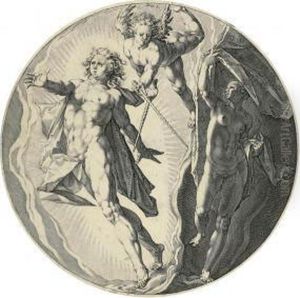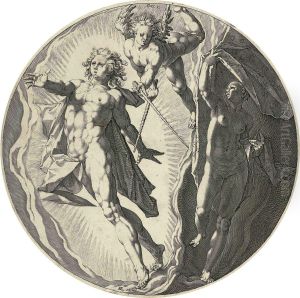Jan Muller Paintings
Jan Muller, also known as Johannes or Johann Müller, was a notable Dutch engraver born in Amsterdam in 1571. He was the son of the Flemish engraver and publisher, Hendrick Muller. Jan showed an early talent for the arts and was particularly skilled in the medium of engraving, which was a highly regarded form of printmaking during the Renaissance and Baroque periods.
Muller is best known for his engravings after works by prominent artists of his time, such as Cornelis Cornelisz van Haarlem, Bartholomeus Spranger, and Hendrick Goltzius. He was deeply influenced by Goltzius, who was a master engraver and draftsman himself. Muller's works are characterized by a high level of detail, excellent craftsmanship, and a dynamic use of line. His engravings often depicted mythological and allegorical scenes, portraits, and religious subjects.
Throughout his career, Muller continued to innovate and develop his technique. He was not only an engraver but also a dealer and collector of prints, which allowed him to be in constant dialogue with the works of other artists and to stay abreast of the latest developments in the art world.
Jan Muller's contributions to the field of engraving were significant, and his works were sought after during his lifetime. His prints were distributed widely and were collected by art connoisseurs across Europe, which helped to spread his fame. He died in 1628, leaving behind a legacy that would influence future generations of printmakers. His works are preserved in various museums and collections worldwide, where they continue to be studied and admired for their artistic merit and historical significance.
